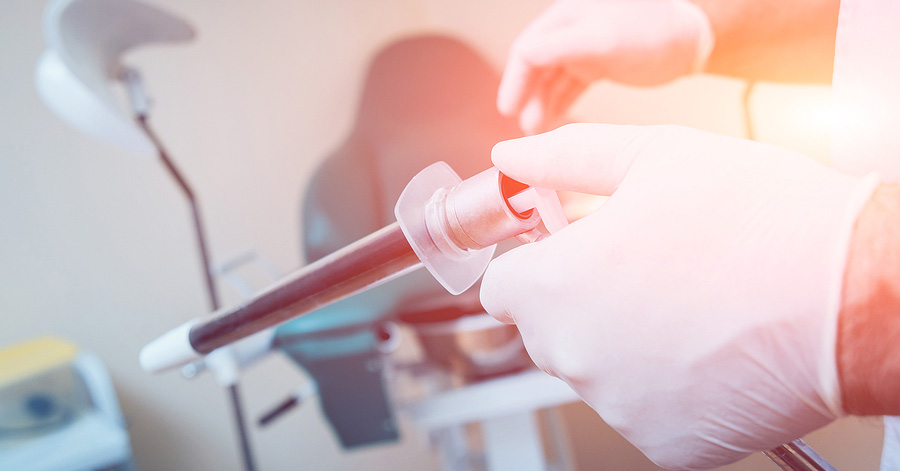Anoscope Cleaning: Ensuring Patient Safety and Prolonging Instrument Life

The proper cleaning of medical instruments is a cornerstone of patient safety and infection control in healthcare settings.
Among these instruments, the anoscope, a critical tool in colorectal examinations, requires meticulous attention to ensure it is free from contaminants that could pose risks to patients.
This article delves into the importance of anoscope cleaning, providing guidelines and best practices to uphold the highest standards of care and instrument longevity.
Understanding Anoscopes
An anoscope is a tubular instrument used to examine the anal canal and lower rectum. It is essential in diagnosing conditions such as hemorrhoids, anal fissures, and rectal polyps.
Anoscopes come in various designs, including disposable and reusable types. Disposable anoscopes, like Adler's SapiMed line, offer convenience and hygiene, reducing the risk of cross-contamination.
These are made of clear, transparent plastic and are available in different sizes to suit various clinical needs.
Importance of Anoscope Cleaning
Anoscope cleaning is crucial for several reasons:
Patient Safety: Proper cleaning eliminates harmful pathogens that can cause infections.
Infection Control: It prevents the spread of infections between patients.
Instrument Longevity: Regular cleaning and maintenance extend the life of the anoscope.
Cleaning Guidelines for Anoscopes
Pre-Cleaning
Immediately after use, the anoscope should be wiped to remove any visible debris. This step prevents the drying of bodily fluids, which can make the cleaning process more challenging.
Cleaning Process
The cleaning process involves several steps:
Dismantling: If the anoscope is reusable, disassemble it if necessary to ensure thorough cleaning.
Decontamination: Soak the instrument in a disinfectant solution to reduce the microbial load.
Washing and Rinsing: Scrub the anoscope with a soft brush and a suitable detergent, then rinse thoroughly with water to remove any residue.
Disinfection
After cleaning, the anoscope should be disinfected using a hospital-grade disinfectant. Follow the manufacturer's instructions for the correct concentration and contact time.
Drying and Storage
Proper drying is essential to prevent the growth of microbes. Store the anoscope in a clean, dry environment to maintain its sterility until the next use.
Special Considerations for Disposable Anoscopes
Disposable anoscopes, like those in the SapiMed range, are designed for single use and should be disposed of according to medical waste regulations. They eliminate the need for cleaning and disinfection, offering a convenient and safe option for colorectal examinations.
Maintenance and Inspection
For reusable anoscopes, regular maintenance checks are vital to ensure they are in good working condition. Inspect the instrument for any signs of wear and tear, and keep records of maintenance and cleaning for compliance purposes.
Training and Compliance
Healthcare staff should be trained in the proper cleaning and handling of anoscopes to ensure compliance with infection control protocols. Regular audits and monitoring can help maintain high standards of hygiene and patient safety.
Conclusion
Anoscope cleaning is a critical aspect of patient care in colorectal examinations. Adhering to strict cleaning guidelines ensures the safety of patients and the longevity of the instrument.
Disposable anoscopes, such as Adler's SapiMed line, offer a hygienic and convenient alternative, reducing the risks associated with reusable instruments.
Highlighting Adler's SapiMed Anoscopes
Adler's line of SapiMed Disposable Anoscopes stands out for their quality and ease of use. The Self-Light® disposable proctoscope, for example, features a battery-operated pen light for enhanced visibility during examinations.
These anoscopes are made of clear, transparent plastic and come in various sizes to meet different clinical needs. They are flash-free, guaranteed atraumatic, and conform to European Council Directive 93/42/EU. The inclusion of a free pen-light in each box adds value and convenience for healthcare professionals.
Contact us today to get a quote on these supplies.
